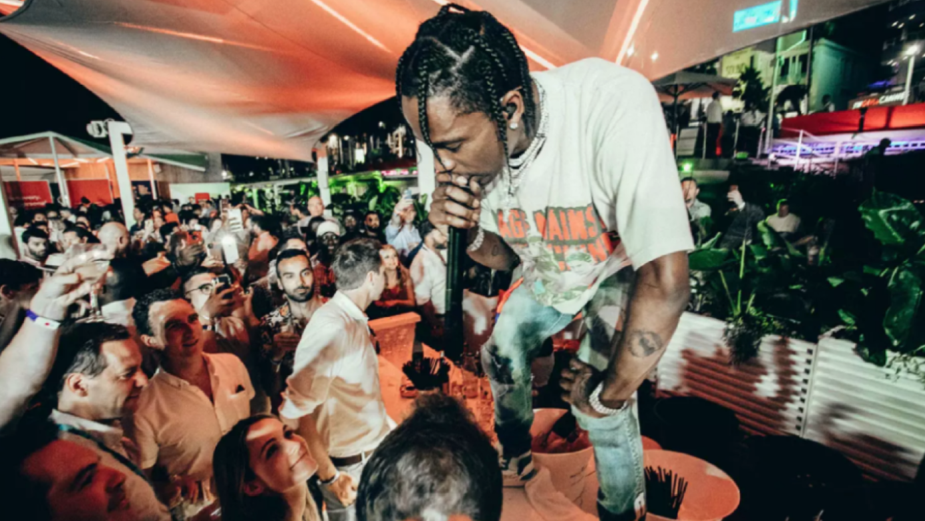
Can NFTs Put Power Back in the Hands of Music Artists?

In recent years, downloads have decimated the commercial side of the music industry; while more recently, the pandemic put paid to any revenues from live music events, depriving music artists of another revenue stream.
If we have learnt anything from the pandemic, it’s that music artists need to find new ways to engage with audiences, and new ways to create revenue. Are NFTs the answer? They have been touted as the next big thing for the world of art in recent months and they are making their mark on the music industry too.
These non-fungible tokens are essentially online collectibles in the form of a digital asset, a type of cryptocurrency currency. For content creators, they provide the means to transfer ownership of a digital asset and to get paid for it, without middlemen or gatekeepers taking a cut. Moreover, with the ability to embed royalties within NFTs, every time said piece gets sold on, the artist stands to get a cut of the sale. In March, Kings of Leon was the first band to release an album in the form of an NFT and Grimes has also got in on the NFT act, selling videos set to original music. There are numerous other examples of how the music world is riding the current NFT wave.
Creating value for artists and fans
But it’s not just from the revenue perspective where NFTs can make a difference, by putting the value back into the artists’ hands; we could also see this making a meaningful impact on fan engagement too.
NFTs could come with a host of other benefits, such as offering VIP access at a physical concert, merchandise discounts, limited edition products, online content or even a specially recorded playlist of previously unreleased material.
The debate around NFTs has also become more interesting in the context of CBDC - central bank digital currencies. This is a form of digital money issued by a government central bank that can be used by both consumers and businesses. A number of countries - including the UK, are testing these digital currencies, which aim to harness new payment technology, such as a blockchain, to increase payment efficiency and lower the costs of transactions. NFTs currently are being transacted using crypto currencies as payment and blockchain acting as the ledger, so CBDCs could represent a new form of crypto currency, opening up the NFT marketplace further.
How brands can work in this digital space
Utility will be the key as to whether NFTs are useful for the music industry or just a passing fad, but they are allowing artists to have a ‘rock solid contract’ piece of art right at the beginning, whether that is music or the design on an album sleeve. The fact that an artist can have control of that content right from the start and make money from it, is of fundamental value to the artist. And what better part for fans to play than in helping those artists become successful. And isn’t it about time we challenged the devaluation of music and the art that has been created?
One thing is clear: the future for NFTs is as vast as our imagination allows it to be. Take a look at how Roblox are partnering with Lil Nas X, allowing their brand to grow up alongside their audience and shift into the music space. Their virtual concert drew viewing figures of over 33 million. Innovative brands keen to secure their digital audiences are now moving to collaborate and invest, creating basic entry points that encourage mass participation and a new way of brand storytelling.
Mike White is CEO and co-founder of Lively










